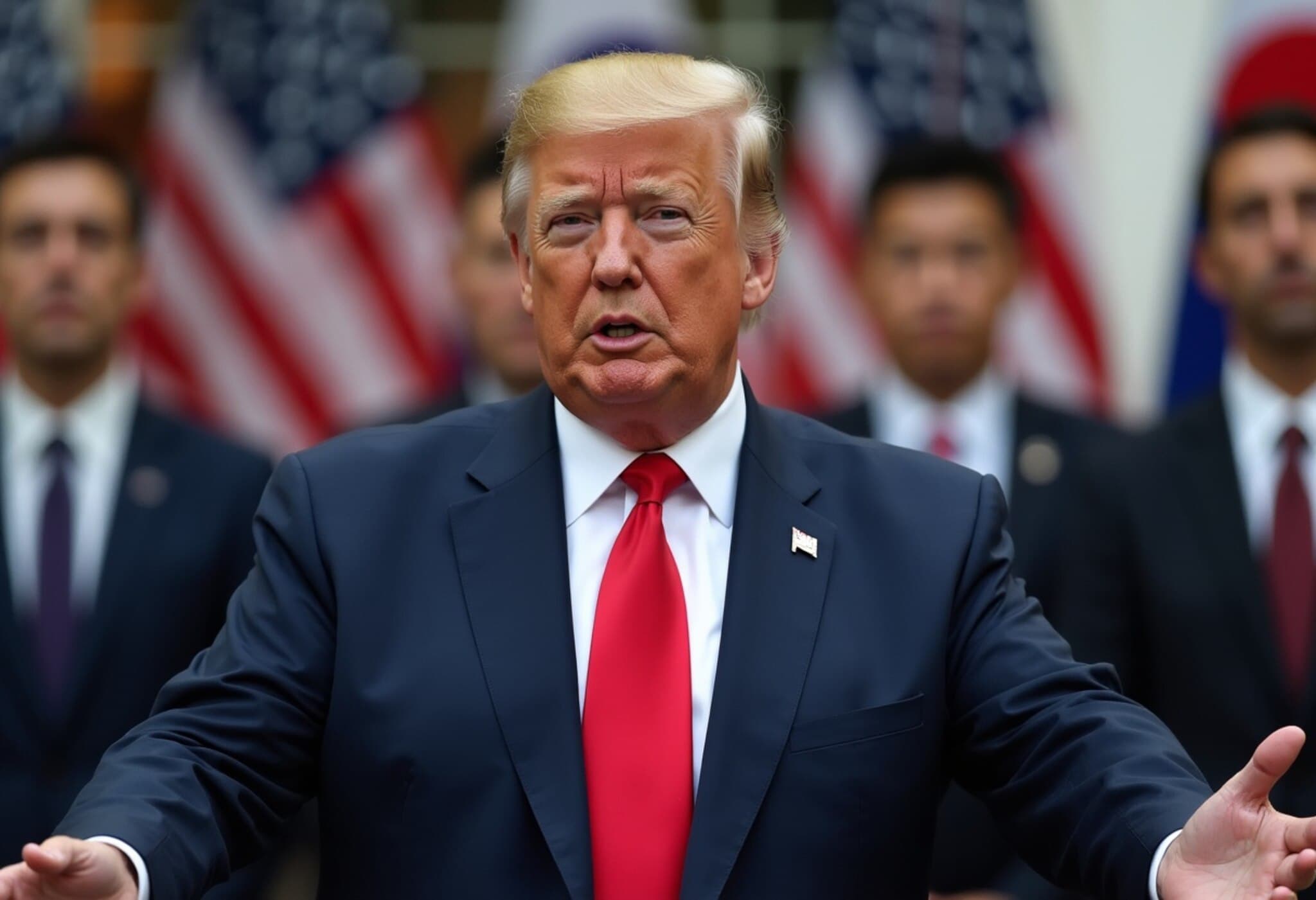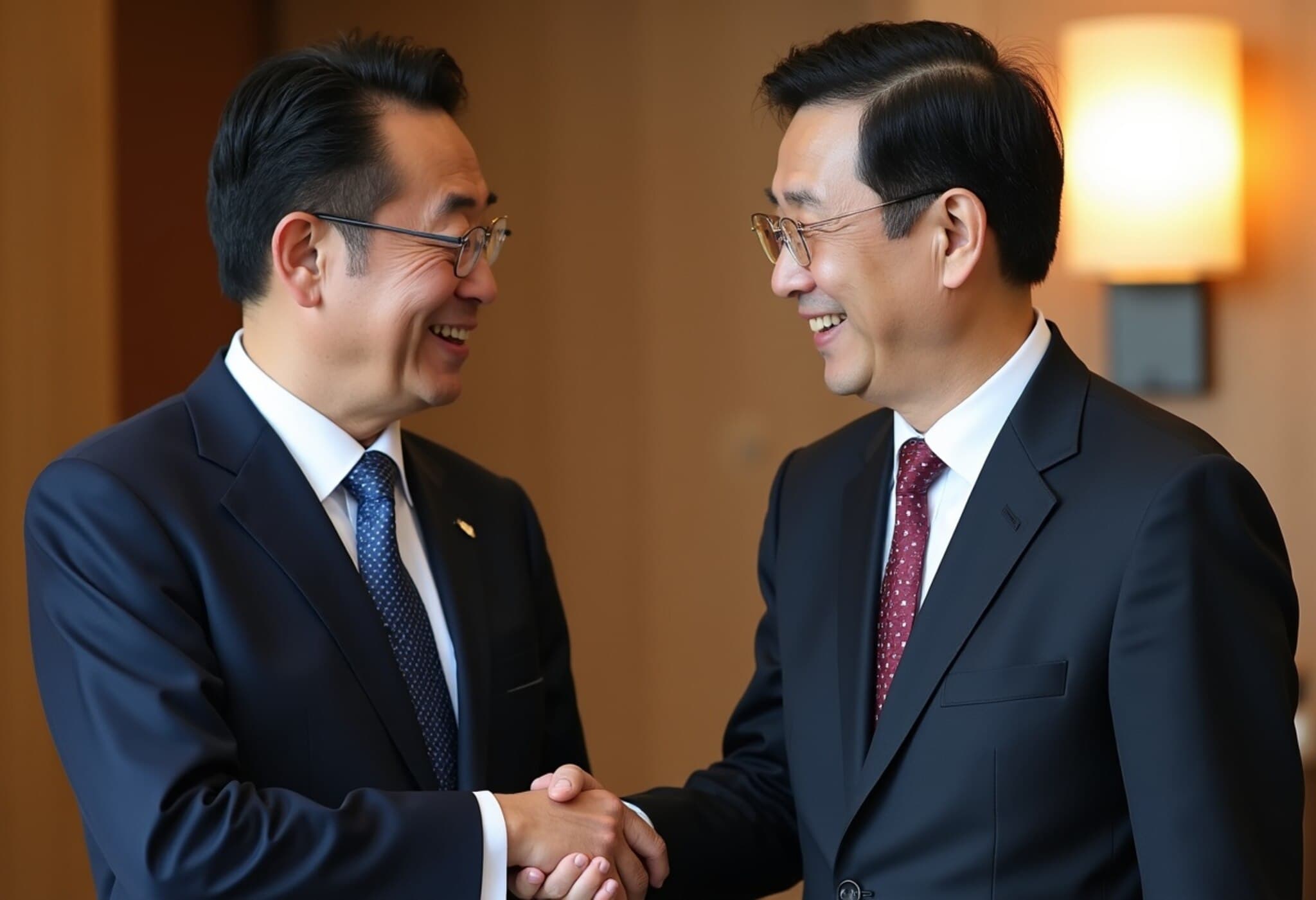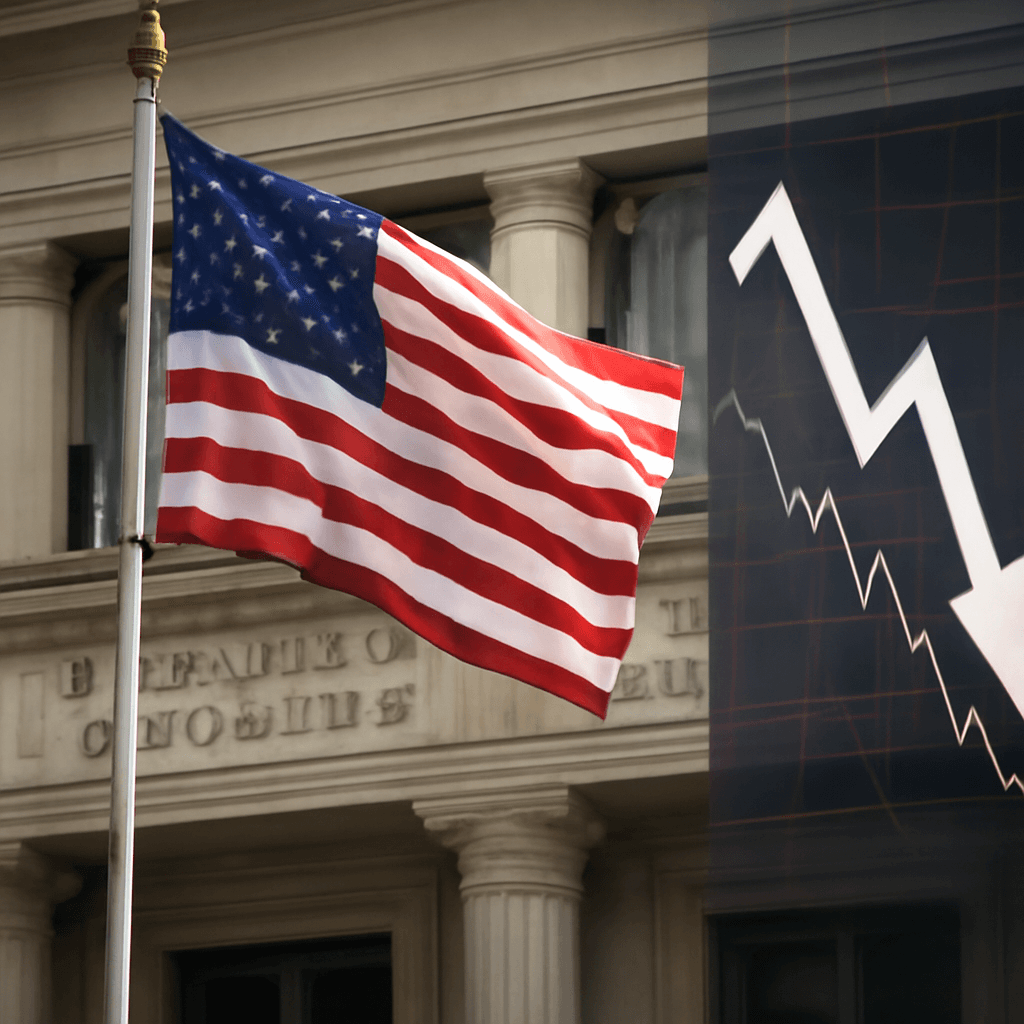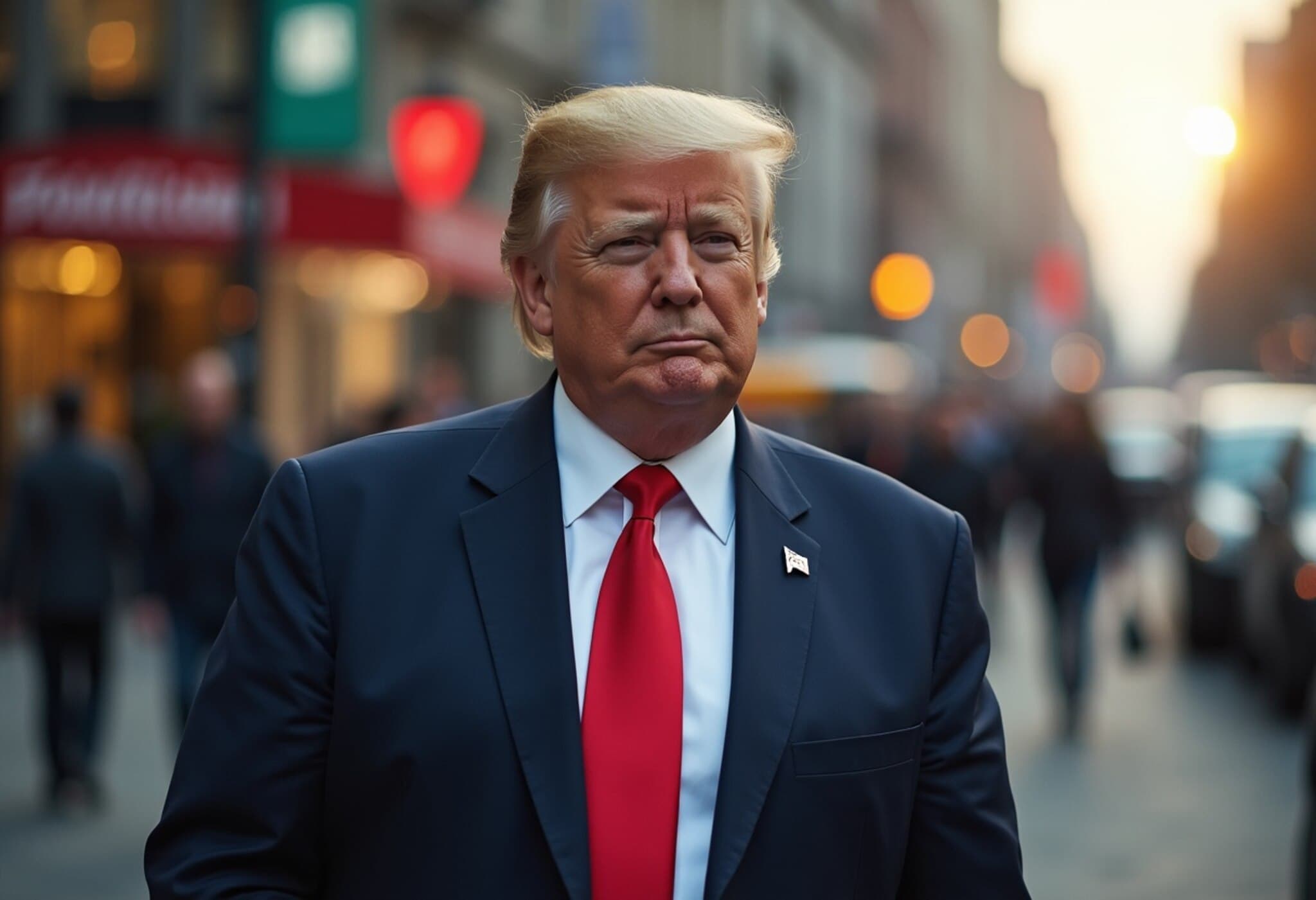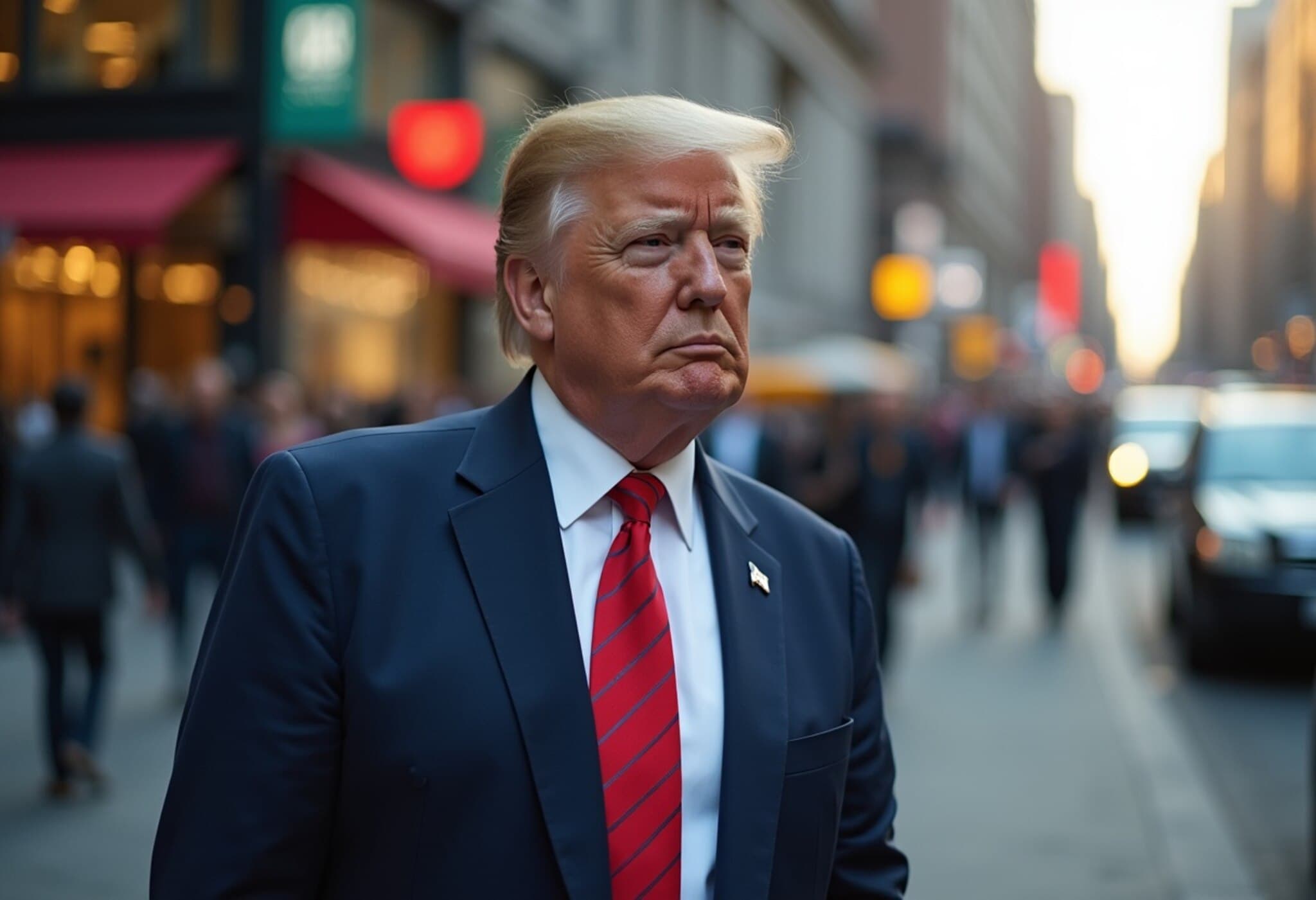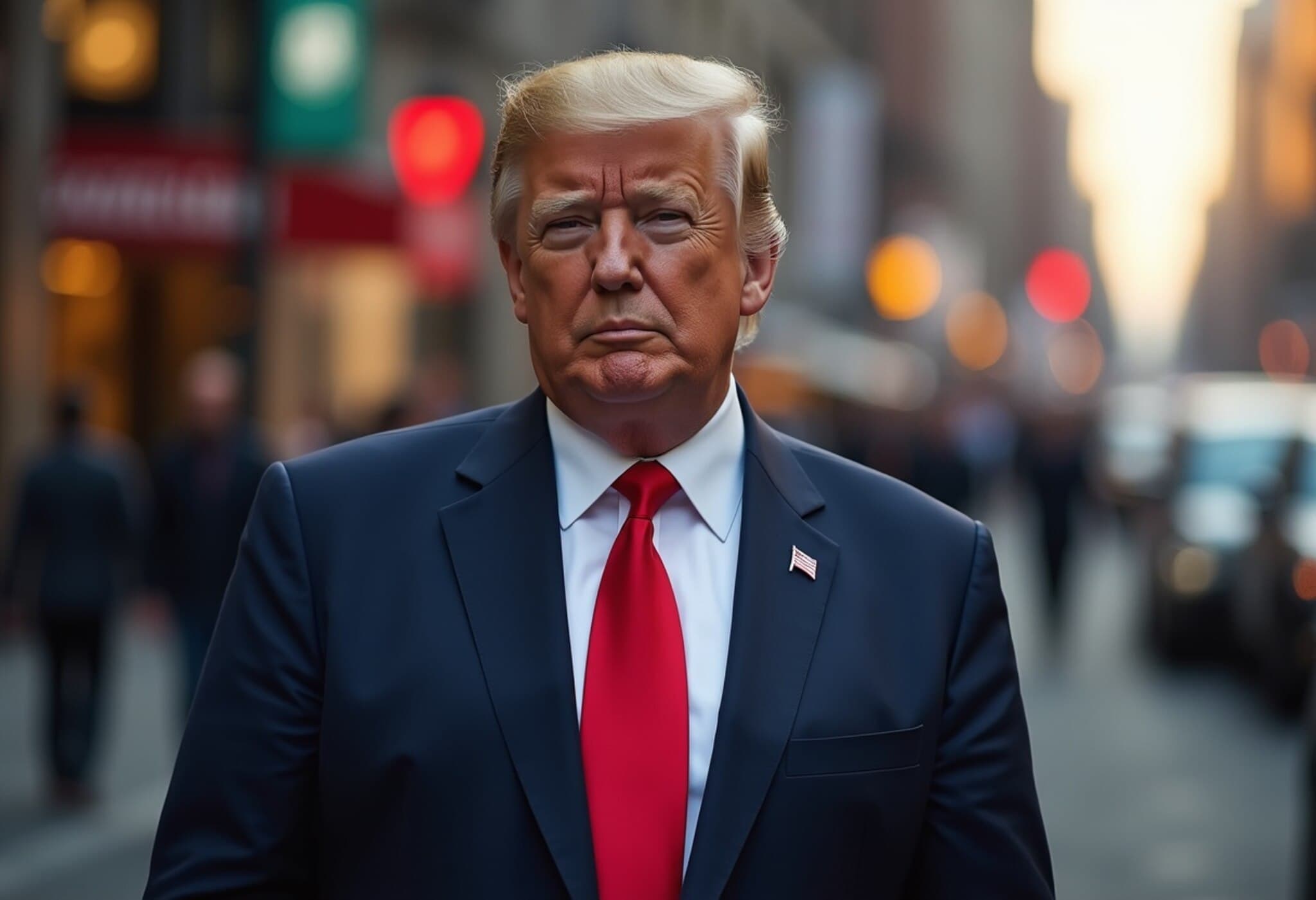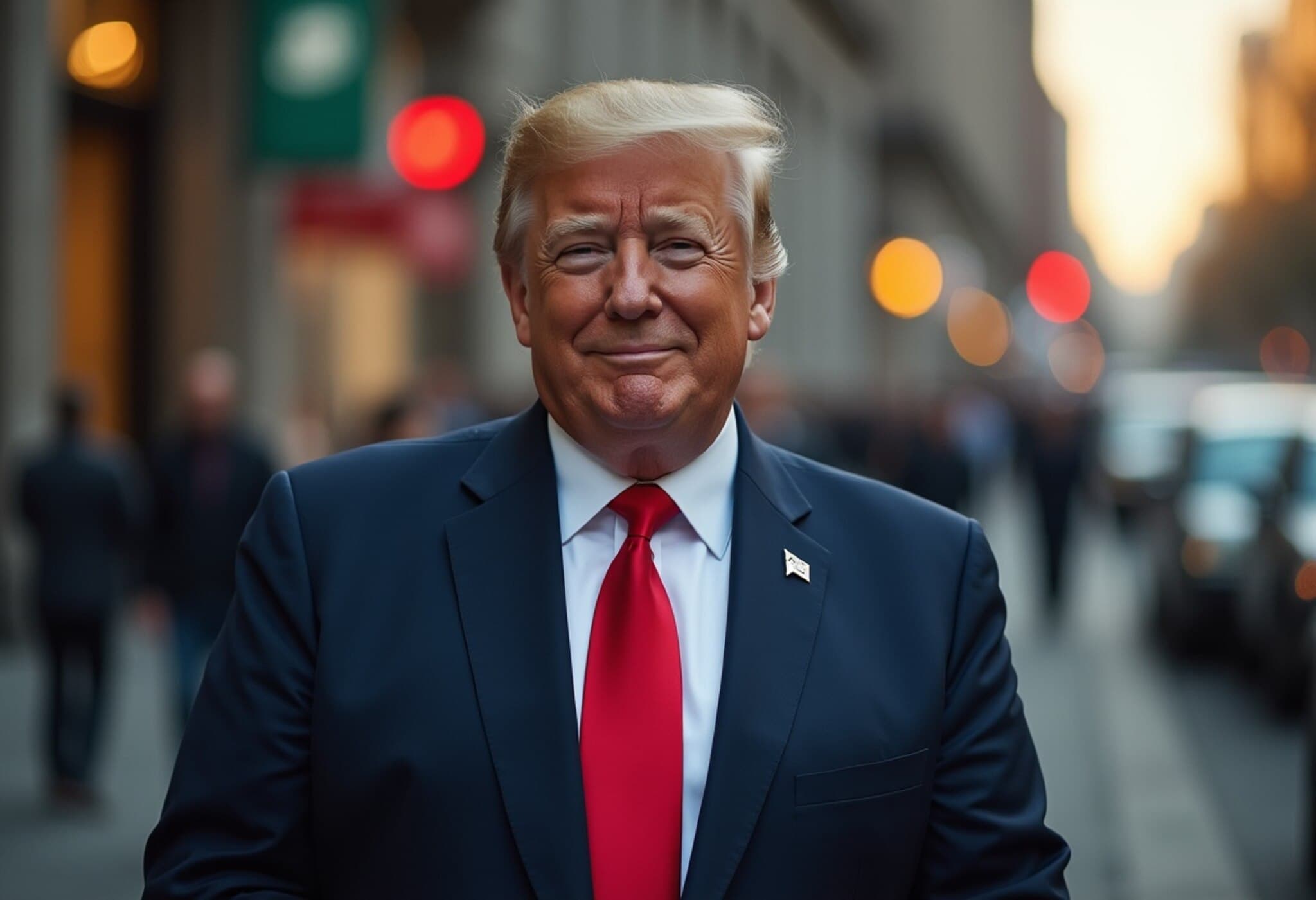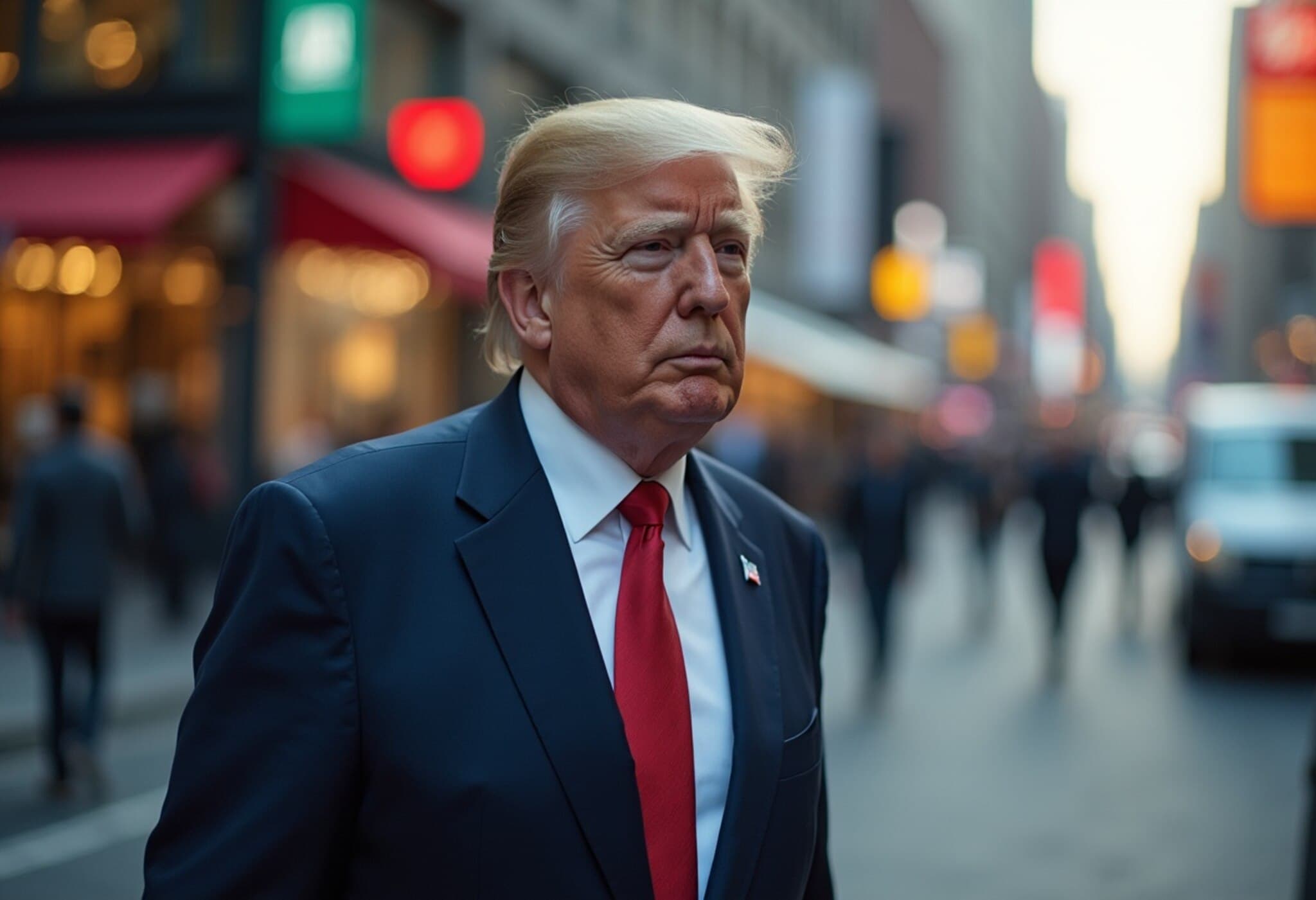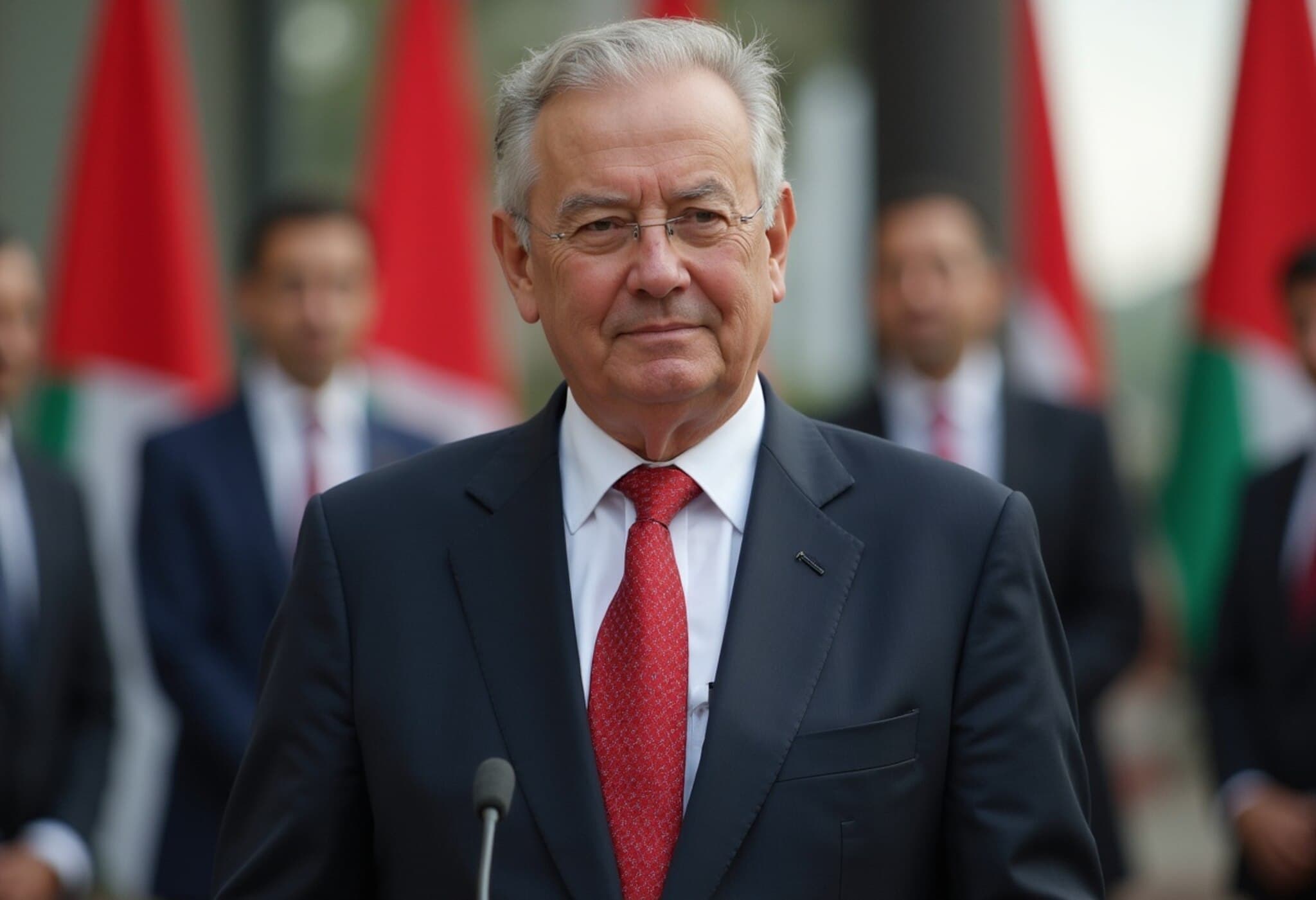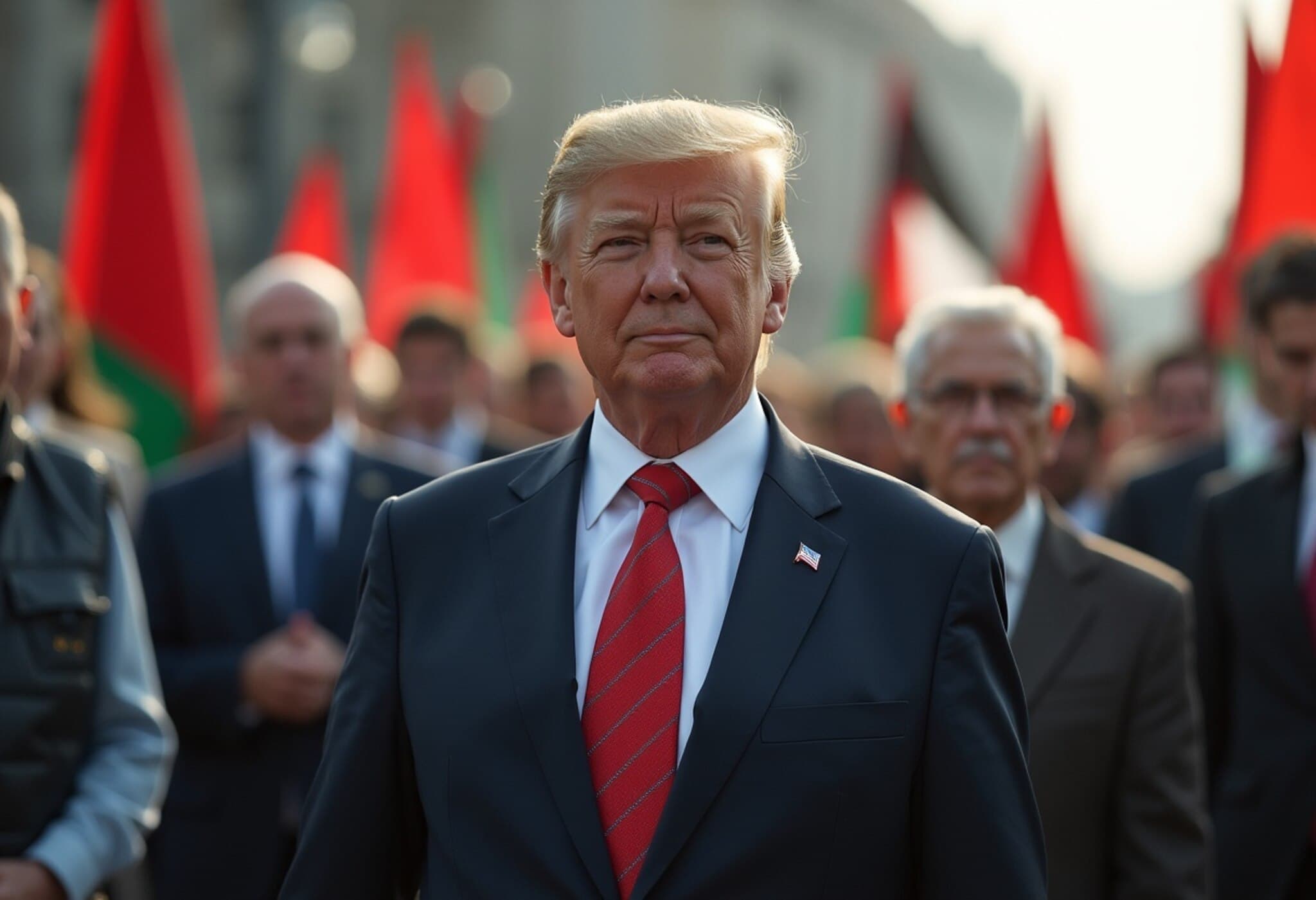US and South Korea Seal Comprehensive Trade Agreement
On July 30, 2025, President Donald Trump announced a landmark trade deal between the United States and South Korea, marking a significant shift in bilateral economic relations. The agreement establishes uniform 15% tariffs on South Korean exports to the U.S., a reduction from the previously threatened 25% tariff rate. This deal not only alleviates tensions but also fosters deeper economic cooperation amid global trade uncertainties.
Key Terms: Tariffs and Investment Commitments
The centerpiece of this pact is the mutual commitment to lower tariffs on South Korean goods shipped to the U.S., especially automobiles, which faced formidable 25% duties under prior threats. Now set at 15%, this reduction aims to ease market access and stimulate trade flows.
In a statement on Truth Social, President Trump highlighted that South Korea will channel $350 billion into investments "owned and controlled by the United States," reportedly handpicked by the President himself. This claim, however, encounters interpretation divergence between Seoul and Washington.
Interpreting the $350 Billion Investment Figure
South Korean President Lee Jae-myung, responding via Facebook, clarified that the investment fund is designed to bolster South Korean firms' foothold in the U.S. market, focusing on industrial sectors where Korea boasts competitive edges, such as shipbuilding, semiconductors, secondary batteries, biotechnology, and energy.
Specifically, $150 billion of this allocation is targeted at shipbuilding cooperation, aiming to support Korean enterprises entering the American shipbuilding industry. Lee emphasized the negotiation's spirit, stressing the importance of "mutually beneficial outcomes" rather than one-sided gains.
This nuanced contrast in framing—the U.S. accentuating American control and profits, and Korea highlighting collaborative industrial expansion—mirrors complexities inherent in international trade agreements.
Expert Insight: Economic and Political Ramifications
From an American policy perspective, Commerce Secretary Howard Lutnick asserted that 90% of profits from these investments will benefit the American populace. Such assurances are critical in framing the deal as one that prioritizes domestic economic gains and job creation.
The deal parallels a recent trade agreement between the U.S. and Japan, which involves a $550 billion investment commitment. However, Japan's government has disputed some U.S. characterizations, indicating profits would be shared proportionally, suggesting potential diplomatic friction ahead.
Additional Strategic Components: Energy and Market Access
President Trump also announced that South Korea has agreed to purchase $100 billion worth of liquefied natural gas (LNG) and other energy products from the U.S. The total investment sum, he hinted, would be unveiled during President Lee's upcoming Washington visit, signaling ongoing diplomatic engagement.
Critically, the agreement ensures that American goods entering South Korea will not face tariffs, upholding the spirit of the Korea-U.S. Free Trade Agreement (KORUS FTA). South Korea's effective tariff rate on U.S. imports will remain at zero starting 2024, fostering smoother bilateral trade.
Broader Geopolitical and Economic Implications
President Lee expressed optimism that this deal will strengthen both industrial cooperation and the strategic alliance between South Korea and the U.S., emphasizing diplomacy that safeguards national interests. The pact could serve as a model for the U.S.'s evolving approach in Asia, balancing trade openness with domestic economic priorities.
However, some elements remain unchanged: steel, aluminum, and copper exports to the U.S. continue to face 50% tariffs globally. South Korea will not receive differential treatment in sensitive sectors like semiconductors and pharmaceuticals, ensuring parity with other nations.
What Lies Ahead?
- President Lee's forthcoming Washington visit will clarify ambiguous financial commitments and potentially deepen strategic ties.
- The interplay between investment profit-sharing interpretations could signal future negotiation challenges.
- Market watchers will gauge the impact of tariff adjustments on automotive and technology sectors closely.
Editor's Note
This trade deal between the U.S. and South Korea reflects a delicate balancing act between asserting national economic interests and fostering international cooperation. While tariff reductions and substantial investment pledges suggest robust partnership momentum, differing interpretations of financial arrangements underscore the complexity of global trade diplomacy. As geopolitical dynamics in Asia-Pacific evolve, this agreement may influence broader economic alliances and trade frameworks, raising pivotal questions about how sovereign interests align with globalization.

